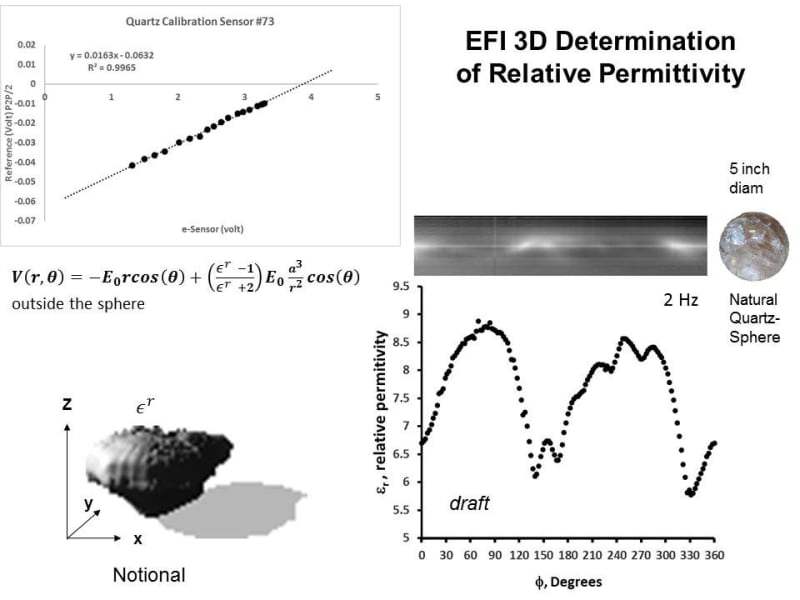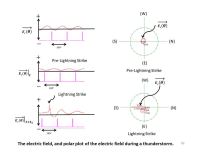
All prior measurement of electric fields and electric potentials measurement systems are plagued by the use of physical measurement systems that distort or modify the electric fields that they are designed to measure. Therefore, there is limited use of electric fields as an inspection, diagnostic and process control tool. The electric field imaging (EFI) system developed prohibits distortion of electric fields by using a unique sensor design. EFI sensor platform creates a new category of NDT product testing and process improvement. There are six patents (latest, 2019) and two patents pending covering the EFI sensor platform.
The technology and methods for remote quantitative imaging of the true electrostatic potentials and electrostatic fields in and around objects and in free space has been developed. The electric field sensor is a unique design requiring three main characteristics. The sensor is comprised of materials having a low dielectric susceptibility prohibiting polarization, are non-electrically conducting so as not to allow image electrical charges to form, and are to be triboelectrically neutral so as not to allow surface charges to be generated by contact. Utilization of materials having these characteristics simultaneously minimizes any distortion of the electric potential or field of interest. Materials with these characteristics are often very low cost, easily machined or produced, so that the manufacturing of electric field sensor systems is low cost and easy to manufacture.
EFI technology may be applied to characterize intrinsic or existing electric potentials and electric fields, or an externally generated electrostatic field made be used for volumes to be inspected with EFI. The baseline sensor technology (e-Sensor) and its construction, optional electric field generation, and e-Sensor enhancements are demonstrated. Linear and real-time two-dimensional (2D) measurement systems are demonstrated. Demonstrations for structural, electronic, human, and memory applications have been shown. Recent work demonstrates that phonons may be used to create and annihilate electric dipoles within structures and a new subsurface Phonon-EFI imaging technology has been developed. Real-time imaging of combustion and ion flow has been achieved. Extensions of EFI to harsh environments, Space and subterranean applications are designed, and quantitative characterization of varying dielectric properties within bulk materials have been shown. A wearable EFI system has been developed and demonstrated by using fundamental EFI concepts.
These new EFI capabilities are demonstrated to characterize electric charge distribution creating a new field of study embracing areas of interest including electrostatic discharge (ESD) mitigation, manufacturing quality control, crime scene forensics, design and materials selection for advanced sensors and components, combustion science, on-orbit space potential and fields, container inspection, remote characterization of electronic circuits and level of activation, dielectric morphology of structures, tether integrity, organic molecular memory, atmospheric science, weather and earthquake prediction, electronic properties of materials, printed circuit board process control, quick phase measurement and tuning of RF products and antennas, solder joint inspection by direct observation of electric fields present, properties for resonators and dielectric supports, and medical diagnostic and treatment efficacy applications such as cardiac polarization wave propagation and electromyography imaging.
Video
-
Awards
-
 2020 Top 100 Entries
2020 Top 100 Entries
Like this entry?
-
About the Entrant
- Name:Ed Generazio
- Type of entry:individual
- Patent status:patented








